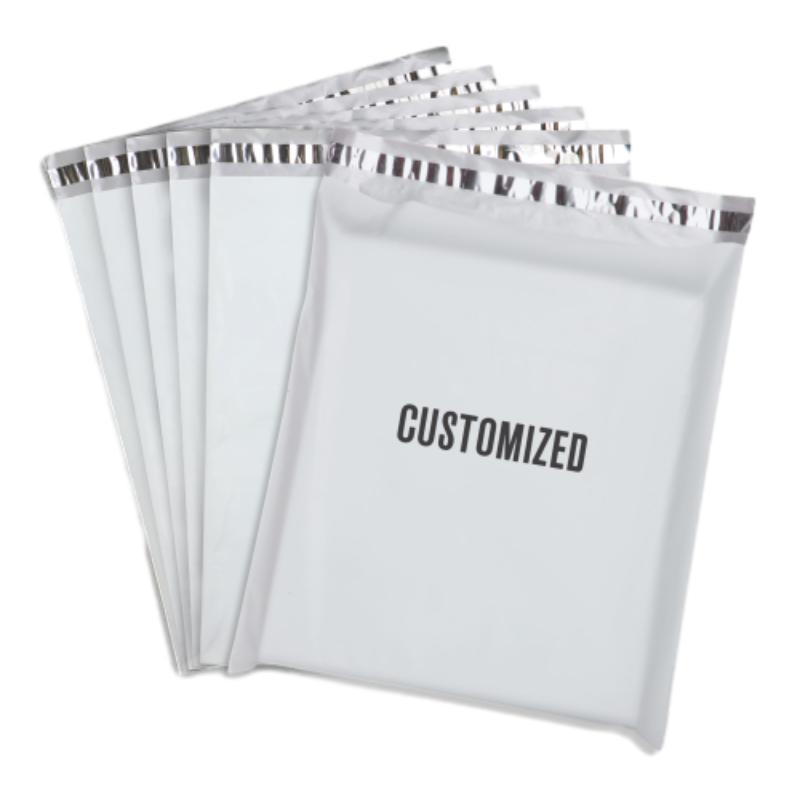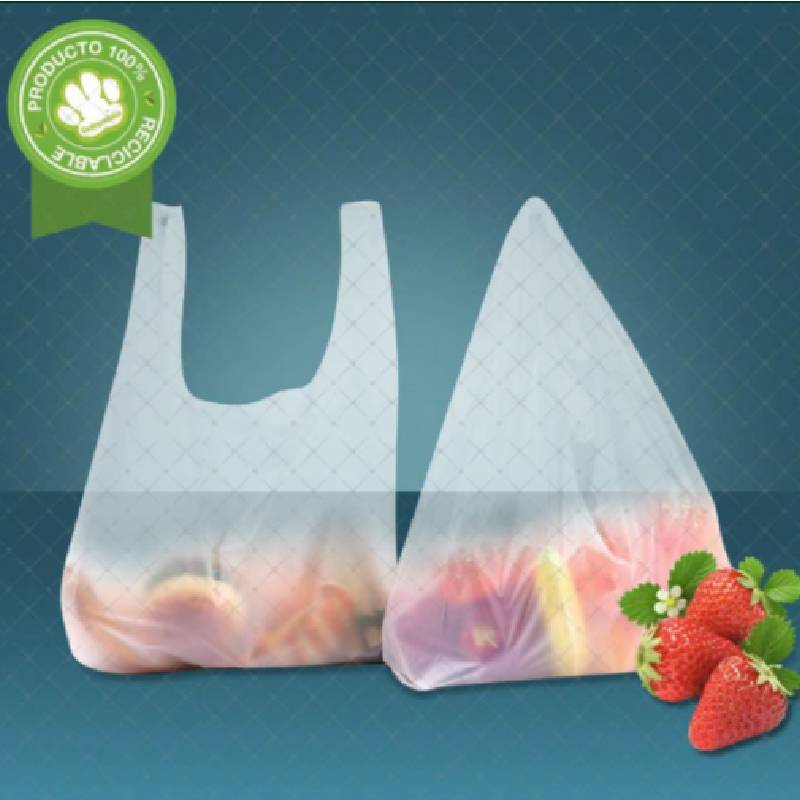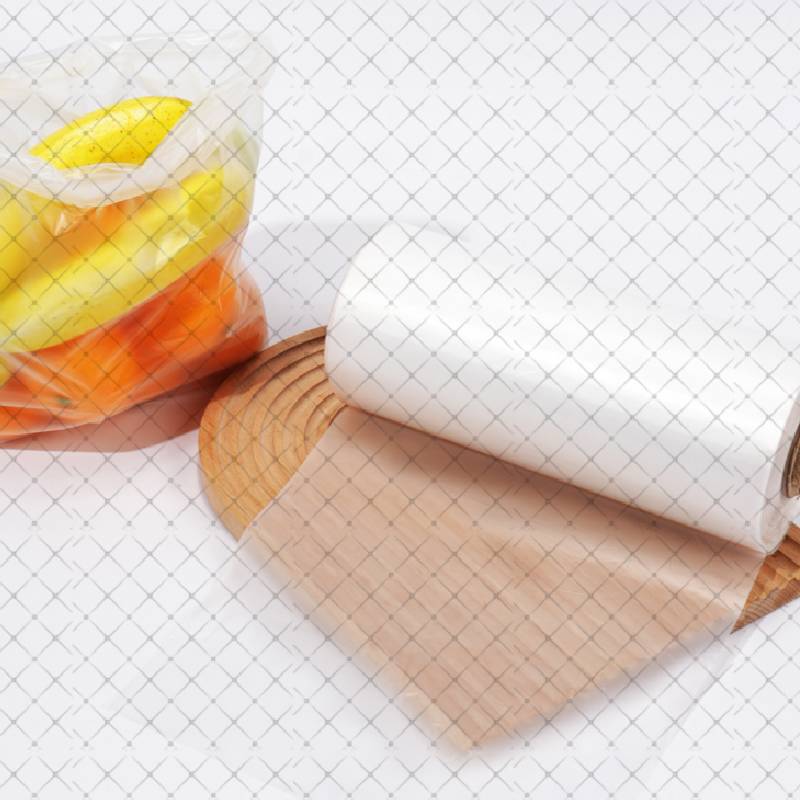Coreless Stretch Film: Waste-Free, Cost-Efficient Packaging
Coreless stretch film, also known as film stretch coreless, coreless film or stretch coreless, stands at the forefront of the flexible packaging revolution. Favored for its sustainability, superior efficiency, and cost-effectiveness, coreless stretch film is rapidly replacing traditional cored options across global supply chains. This comprehensive report covers market trends, technical specifications, application case studies, manufacturer comparisons, and tailored customization strategies — ensuring product managers, purchasing managers, and industry professionals make informed decisions backed by real data.
1. Market Trend & Industry Evolution
The worldwide flexible packaging market surpassed $250 Billion USD in 2023 (FlexPack.org), with an estimated 16.5% annual growth specifically for coreless stretch film solutions. North America and APAC lead in adoption, driven by sustainability mandates and logistic efficiency. Pulling data from Statista and Packaging Strategies, at least 43% of major logistics brands piloted coreless film for secondary packaging last year.
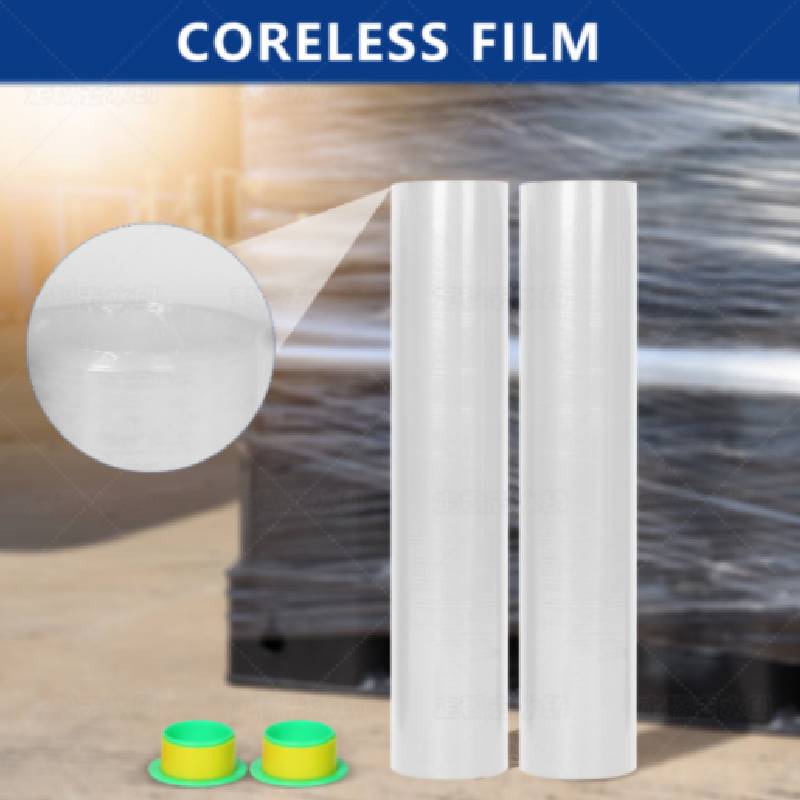
- Environmental Focus: Eliminates paper/plastic cores, reducing material by up to 21% per roll and CO2 emissions by 0.18 kg/roll (McKinsey, 2023).
- Operational Gains: Direct fitment onto coreless dispensers cuts downtime and streamlines waste management.
- Cost Optimization: Long-term savings estimated at 9-13% by reducing both material and disposal fees.
- Sector Demand: Dominant in logistics, food, e-commerce, automotive, and medical industries.
2. Coreless Stretch Film Technical Parameters & Comparison Table
Below is an up-to-date parameter comparison of coreless stretch film VS traditional cored stretch film, as well as leading product specs for Coreless Film from Liyabiobag, specifically designed for international B2B export and industrial end-users.
| Parameter | Coreless Stretch Film | Cored Stretch Film |
|---|---|---|
| Material | 100% LLDPE / Biodegradable LDPE / Compostable PLA | 97% LLDPE + 3% Paper/Plastic Core |
| Gauge/Thickness (μm) | 10 – 35 μm | 12 – 35 μm |
| Width | 100 mm – 750 mm | 100 mm – 750 mm |
| Length per Roll | 300 – 2000 m+ (Customizable, no core limit) | 200 – 1500 m (Limited by core) |
| Core ID | No core | 50/76 mm (2"/3") |
| Load Holding Force | Up to 23% higher [1] | Standard |
| Elongation (%) | 240 – 400% | 210 – 360% |
| Certifications | ISO 9001:2015, FDA 21 CFR 177.1520, RoHS | Generic |
| Environmental Impact | Zero core waste (100% film) | Core waste & extra landfill burden |
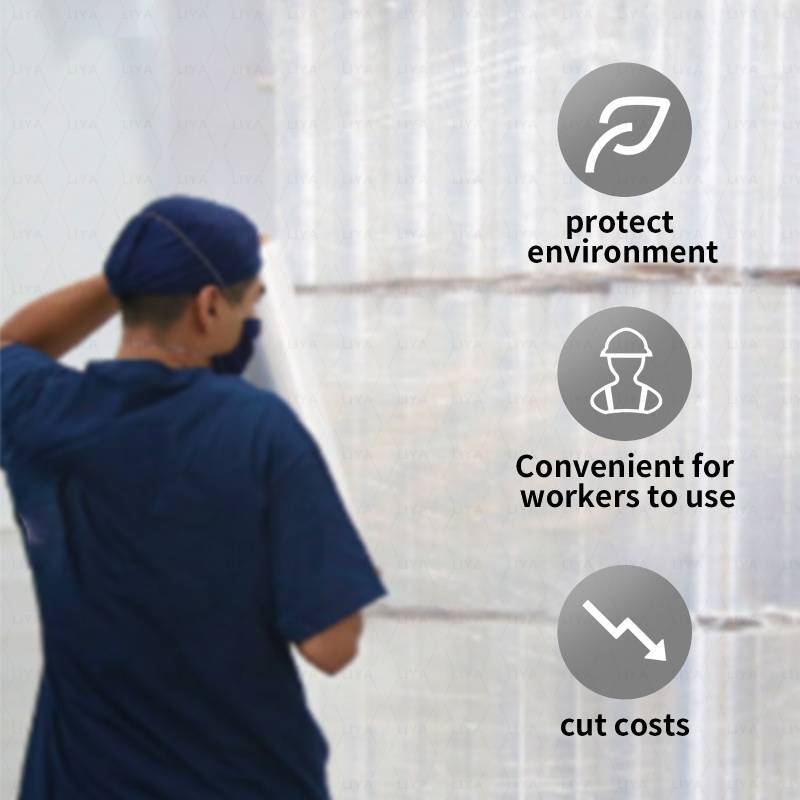
3. Coreless Film Manufacturing Process (Visual Guide)
The production of coreless stretch film combines advanced resin formulation, extruder control, and high-precision winding technology. Below is a process diagram illustrating each stage, with certification criteria and technology checkpoints.
Raw Material Selection ➔ Extrusion (Casting/Blown) ➔ Film Cooling ➔ Winding without Core ➔ Surface Gluing (if needed) ➔ Roll Slitting & Inspection ➔ Packaging (QC Checked)
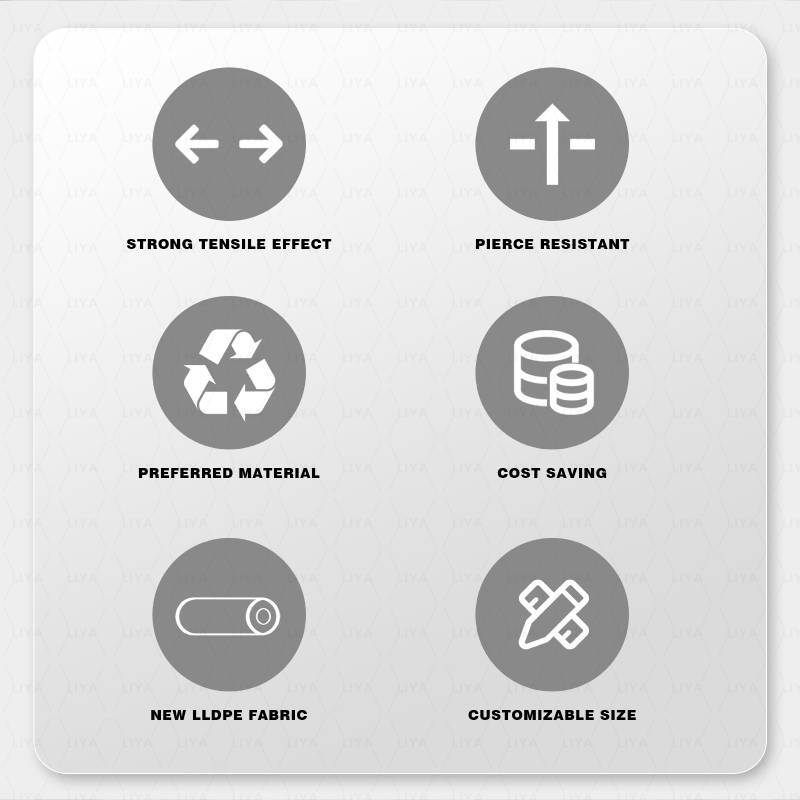
- Material Selection: LLDPE, mLLDPE, or PLA-based resins analyzed for melt index, toughness, tear resistance.
- Extrusion: Casting (for optical clarity and high stretch) vs. Blown (for puncture resistance). Controlled via PLCs, meeting ISO 9001 ±2% gauge tolerances.
- Winding: Coreless winders engineered for steady tension and roll stability, eliminating the need for paper/plastic supports.
- Inspection: Each roll is X-ray thickness scanned and bar-tested to exceed ASTM D882 standards.
4. Key Technical Indicators — Chart Visualization
5. Why Choose Film Coreless? — Technological Advantages
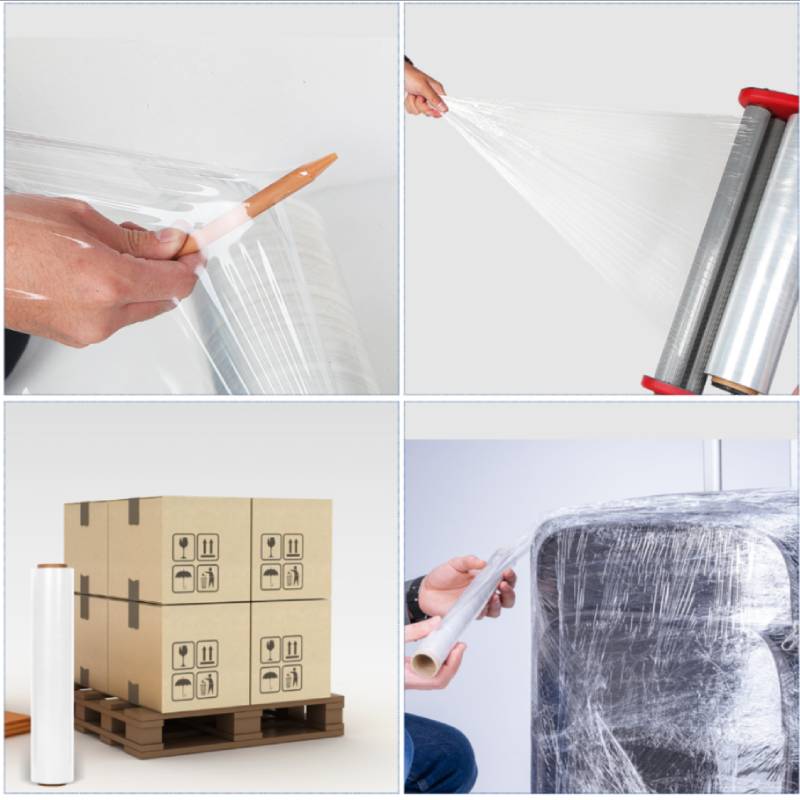
- Zero Core Hassle: No material wastage, no core disposal issues, boosting sustainability ratings.
- Greater Film Yield: With no core, every meter is usable film, maximizing payload per delivery package.
- Faster Automated Packing: Coreless rolls feed seamlessly into robotic and semi-auto stretch wrappers.
- Precision Quality Control: Automated X-ray and laser scanning replace manual thickness sampling, hitting ISO/ASTM tolerances.
- Bespoke Film Blends: Easily customize slip, UV resistance, opacity, or anti-static features by altering resin feed.
- Regulatory Compliance: Liyabiobag coreless film meets ISO 9001:2015, FDA 21 CFR, REACH, and RoHS export standards.
- Lower Shipping Costs: Reduce inbound non-film weight by 2–6%, slashing freight budgets and carbon footprint.
6. Key Manufacturer Comparison (2024)
| Company | Coreless Film Availability | Main Material(s) | Certifications | Typical MOQ | Lead Time | Key Markets |
|---|---|---|---|---|---|---|
| Liyabiobag | Yes (customizable spec) | LLDPE, mLLDPE, PLA | ISO, FDA, RoHS | 500 rolls | 10-16 working days | Global (Industry/Logistics) |
| Paragon Films | Yes (standard sizes) | LLDPE | ISO 9001 | 1200 rolls | 4-6 weeks | US/NA/EU |
| Inteplast Group | Yes | LLDPE/LDPE | ISO, FDA | 1000 rolls | 4 weeks | US/Latin America |
| Deriblok | Yes (EU models) | PE/EVOH Blends | BRCGS, ISO | 800 rolls | 16-30 days | Europe |
7. Customization & Application Scenarios
Coreless stretch film can be tailored for diverse installation types and application sectors. Examples:
- Automatic Warehouse Operations: Integrated with auto pallet stretch wrappers to maximize uptime and minimize manual intervention.
- Cold Storage/Freezer Logistics: Custom antifreeze formulation and slip levels withstand -25°C, maintaining load security.
- Export Packaging: Films engineered to comply with global RoHS, REACH, and FDA intake standards.
- Heavy-Duty Industrial Loads: Opt for >30μm thickness blends with extra tack for steel, machinery, or pipes.
- E-commerce Distribution: Thin-gauged (12–17μm) rolls for high-throughput, low-waste order consolidation.
- Food & Medical: ISO/FDA-certified coreless film for sanitary, direct-food, and cleanroom compatibility.
Background: Facility sought to reduce waste and downtime.
Solution: Switched from cored to coreless stretch film by Liyabiobag across six auto wrapping stations.
Impact Data:
- Average roll change time dropped 24%
- Core disposal expense eliminated (est. $32k/year savings)
- Pallet integrity incidents reduced by 47% via higher tension stability*
8. Coreless Film Standard Specifications
| Specification | Range / Value | Testing Standard |
|---|---|---|
| Material | LLDPE, mLLDPE, Compostable PLA | ASTM D883 |
| Gauge (Thickness) | 10 – 35 μm | ISO 4592 |
| Width Range | 100 – 750 mm | Gage-R&R (AIAG) |
| Roll Length | 500 – 2000 m | ISO 186 |
| Load Holding Capacity | Up to 108 kg/roll (at 30μm) | ASTM D4673 |
| Elongation at Break | 240 – 400% | ASTM D882 |
| Puncture Strength | >9.3 N/film (avg.) | ASTM D5748 |
Each batch is fully traceable, with barcoded lot tracking compliant with industry 4.0, ready for ERP/MES system integration.
9. Technical FAQ / Professional FAQ
Q1: What is the main material composition of coreless stretch film?
Coreless stretch film typically uses 100% LLDPE (Linear Low-Density Polyethylene), optionally blended with mLLDPE or compostable PLA resins for higher flexibility and sustainability. The absence of a core means the roll is purely functional film, no extra support material.
Q2: What gauge/thickness range is commonly available?
Standard production spans 10–35μm, with 12μm, 17μm, 20μm, and 23μm as most sourced gauges. Thicker options (e.g., 30μm+) are preferred for robust industrial applications requiring boost in puncture and load strength.
Q3: What certifications should top-tier coreless films meet?
For export and regulated industries, ensure compliance with ISO 9001:2015, FDA (21 CFR 177.1520) for food contact, REACH (EU), and RoHS (electronics/medical).
Q4: How is load holding force determined?
Standardized under ASTM D4673, load holding force measures the film’s ability to secure palletized loads during shipping, factoring stretch ratio and tension stability. Premium blends like Liyabiobag deliver superior force at thinner gauges.
Q5: Are there specific installation guidelines for automated use?
Yes. Ensure wrapper compatibility (coreless feeder mechanism), set pre-stretch levels (e.g., 200–300%), and calibrate tension. Liyabiobag’s films are engineered for both manual and robotic coreless dispensers.
Q6: How is quality controlled during manufacturing?
Each production run is scanned using X-ray, laser, and manual bar measurements for thickness, elongation, and puncture standards (ISO/ASTM). Batches are QC-logged and traceable by barcode.
Q7: Can I order customized colors, slip agents, or UV-resistance?
Absolutely. Most producers (including Liyabiobag) offer bespoke colorants, slips, UV/anti-static coatings, and surface properties — with minimum order requirements varying from 500–1200 rolls.
10. Delivery Lead Time & Quality Guarantee
- Standard Production Lead Time: 10–16 working days (for coreless stretch film spec. By Liyabiobag)
- Warranty: 18 months from shipment. Free replacement for any quality non-conformance on tested ASTM/ISO parameters.
- Onsite/Remote Support: Initial fitting guidance, machine setting, and post-sales troubleshooting (email, WhatsApp, live video demo).
- Trial Orders: Available for first-time buyers (2–5 pallets at minimum spec).
- After-sales Service: Immediate response within 24hr, global shipping partnership (FedEx/DHL/sea freight).
- McKinsey Company. (2023). Sustainability in Flexible Packaging.
- Packaging Strategies. Coreless Technologies in the Supply Chain.
- SGS Technical Reports, 2023. Material Testing for Stretch Film.
- Industry Professional Forum, Coreless Stretch Film Performance Discussion.
-
The Best Uses for Small Trash Bags in Daily LifeNewsJul.01,2025
-
Stylish Reusable Grocery Bags TrendsNewsJul.01,2025
-
Shipping Advantages of Using Bubble Envelopes BulkNewsJul.01,2025
-
How Compostable Mailing Bags Reduce Environmental ImpactNewsJul.01,2025
-
Environmentally - Friendly Bulk Poly MailersNewsJul.01,2025
-
Eco Friendly Custom Laminated Tote BagsNewsJul.01,2025
-
Have the freedom of customizing your custom mailers any way you want! Our dedicated packaging support will help deliver you the mailing experience you need to elevate your shipping experience to the next level! Start making a strong impression on your customers and stand out from your competitors! -
LIYA uses high quality raw materials which directly purchased from large enterprises domestic and overseas such as PetroChina, Sinopec, Sabic, Equate, ExxonMobil, Dow Chemical, Total, and Borouge, ensuring the price advantage and quality of the raw materials. -
LIYA uses high quality raw materials which directly purchased from large enterprises domestic and overseas such as PetroChina, Sinopec, Sabic, Equate, ExxonMobil, Dow Chemical, Total, and Borouge, ensuring the price advantage and quality of the raw materials.


